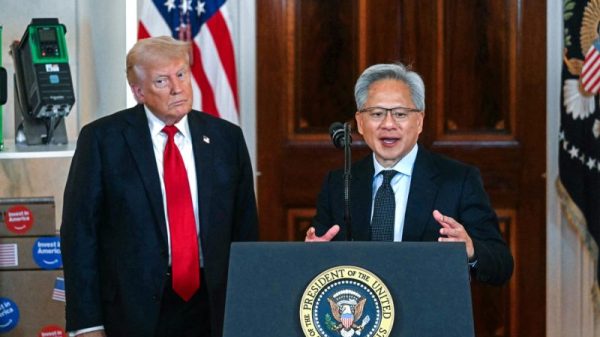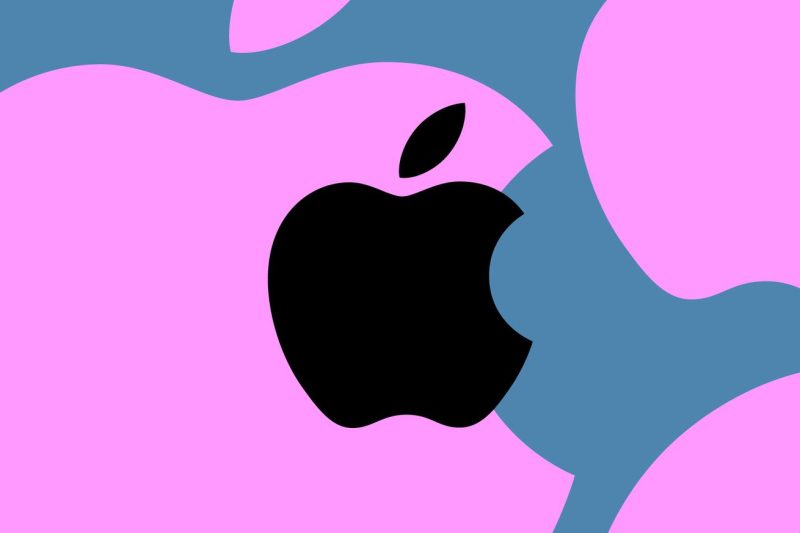Apple fans wait with bated breath as rumors surrounding the highly anticipated iPhone 17 continue to swirl. One of the latest leaks suggests that Apple might be reconsidering its strategy when it comes to Wi-Fi connectivity. According to reports from reliable sources, the iPhone 17 could mark a significant departure from the company’s current reliance on third-party Wi-Fi chips, in favor of developing its own proprietary solution.
This potential shift in Apple’s approach to wireless connectivity has led to a flurry of speculation among tech enthusiasts and industry analysts. While Apple has a long history of designing and manufacturing its own custom silicon for devices like the iPhone and iPad, the move to develop its own Wi-Fi chips could have far-reaching implications for the future of the company’s product lineup.
One of the key advantages of using Apple’s own Wi-Fi chips in the iPhone 17 would be greater control over the entire hardware and software ecosystem. By designing their own Wi-Fi chips, Apple could potentially optimize performance, power efficiency, and security to better integrate with its existing A-series processors and iOS operating system. This level of integration could lead to smoother and more reliable wireless connectivity, improved battery life, and enhanced overall user experience.
Additionally, developing in-house Wi-Fi chips could give Apple a competitive edge in the market by allowing the company to differentiate its products from the competition. By offering unique features and capabilities through its custom Wi-Fi chips, Apple could further solidify its position as a leader in the smartphone industry and maintain a loyal customer base.
However, it is important to note that transitioning to proprietary Wi-Fi chips is not without its challenges. Developing and manufacturing custom silicon is a complex and resource-intensive process that requires significant investments in research, development, and production capabilities. Apple would need to ensure that its in-house Wi-Fi chips meet the highest quality standards while also keeping up with the rapid pace of technological innovation.
Furthermore, the transition to custom Wi-Fi chips could potentially impact Apple’s relationships with its current suppliers of third-party components. As Apple reduces its reliance on external suppliers for key components like Wi-Fi chips, it may need to navigate potential disruptions in its supply chain and manage any associated risks to ensure a smooth transition to using its own chips.
In conclusion, the possibility of Apple developing its own Wi-Fi chips for the iPhone 17 represents an exciting and potentially pivotal moment for the company. By taking greater control over the wireless connectivity in its devices, Apple could unlock new opportunities for innovation and differentiation, while also enhancing the overall user experience. As the tech world eagerly awaits the official unveiling of the iPhone 17, all eyes will be on Apple to see how this rumored shift in Wi-Fi strategy plays out and what it could mean for the future of its iconic smartphone lineup.


































